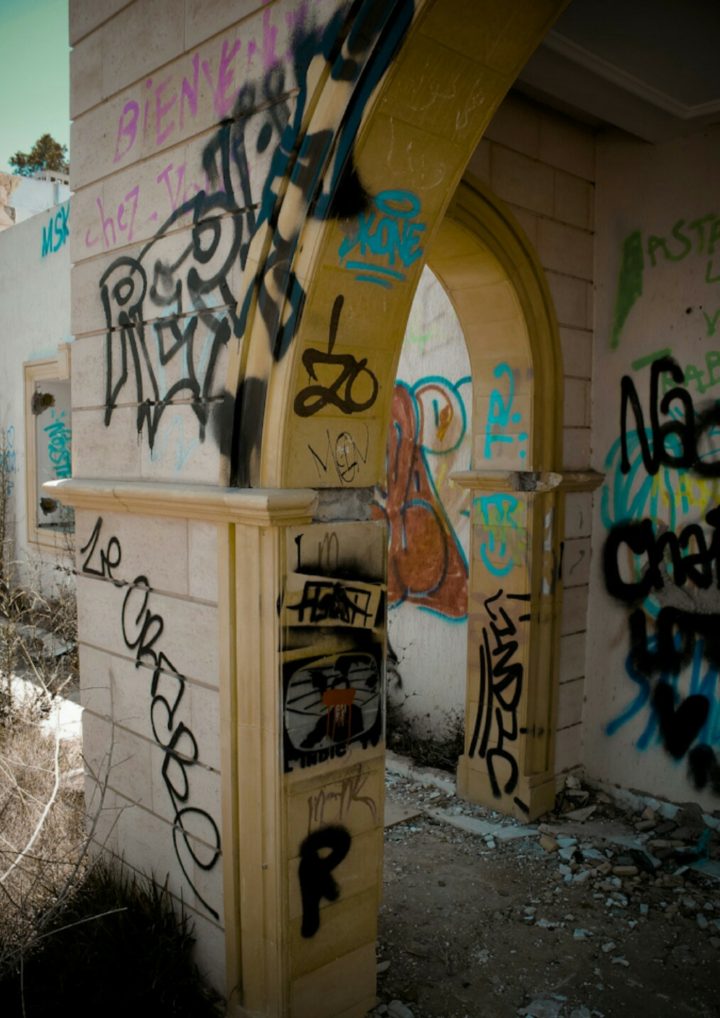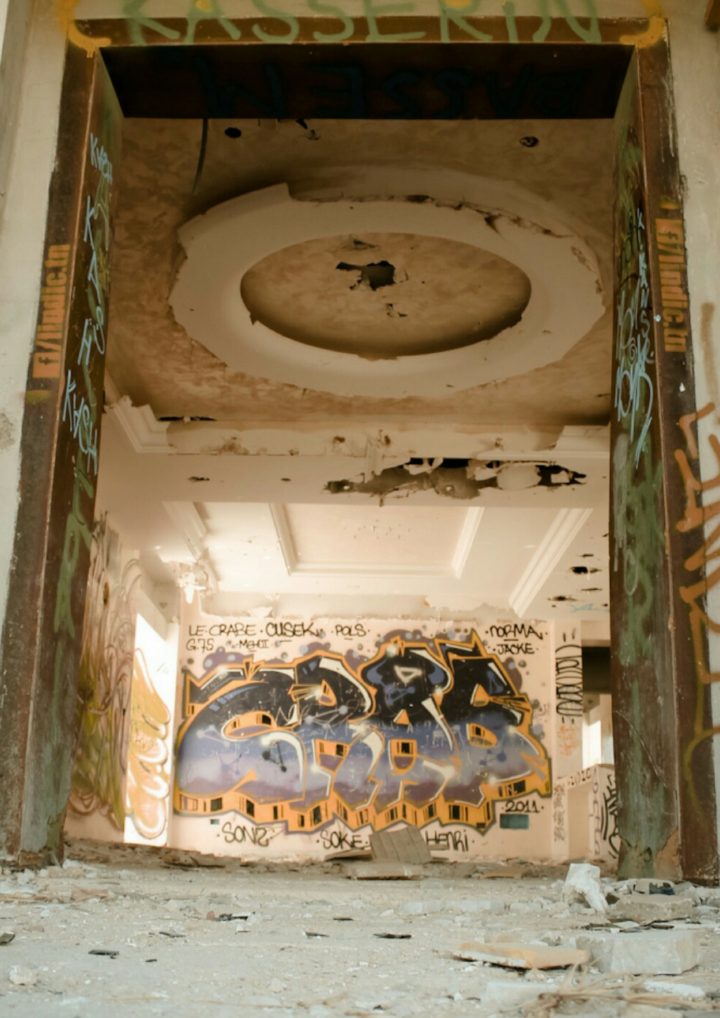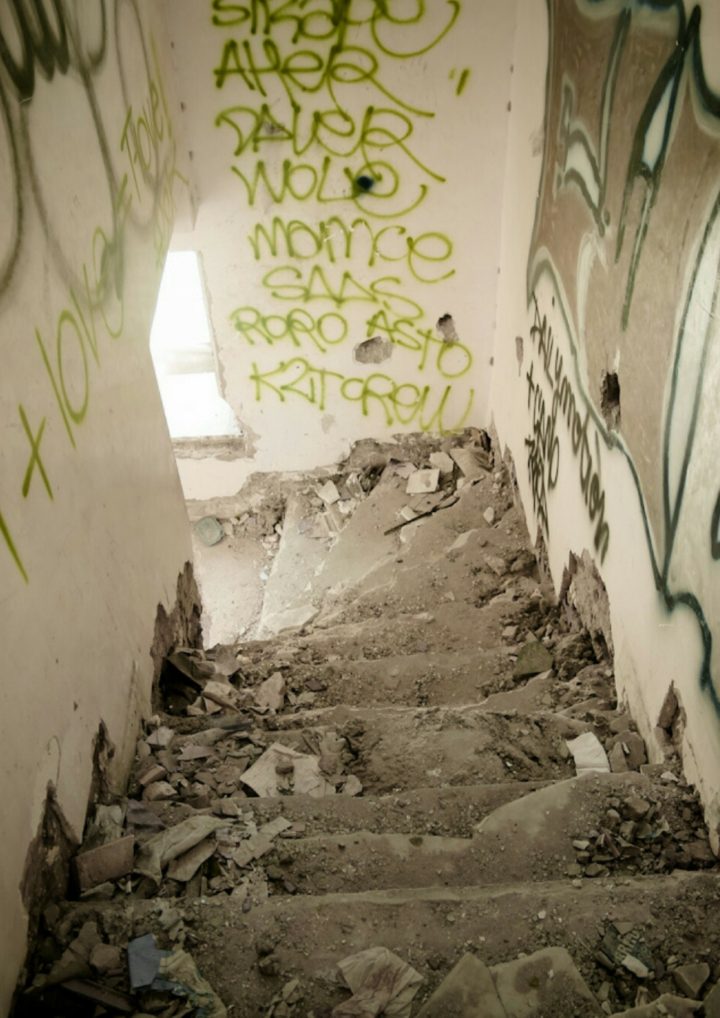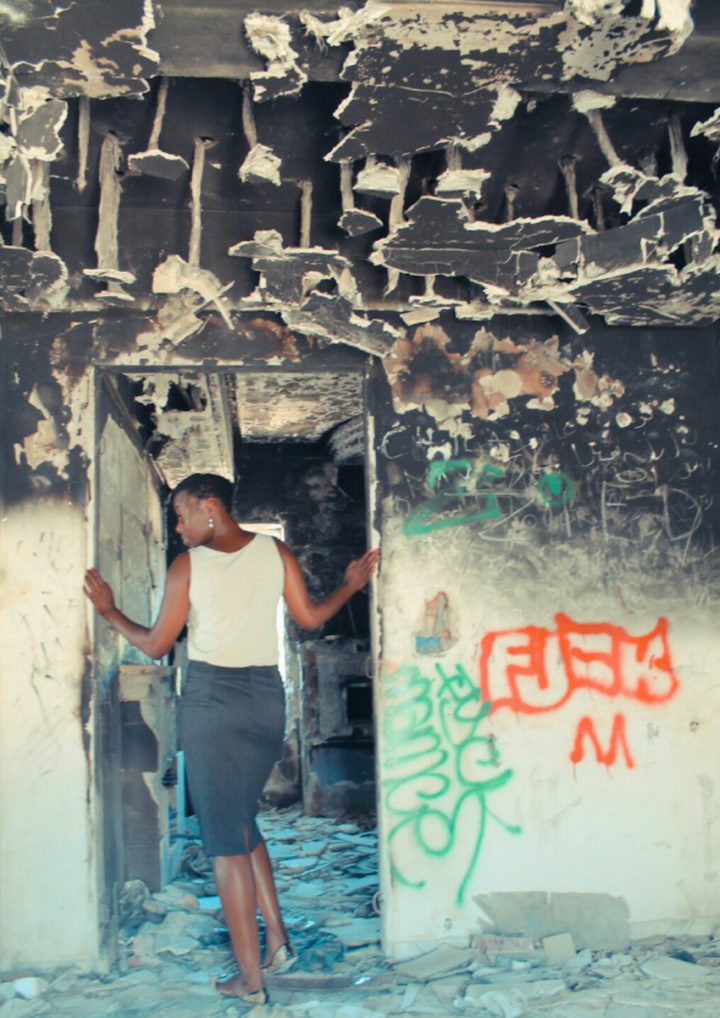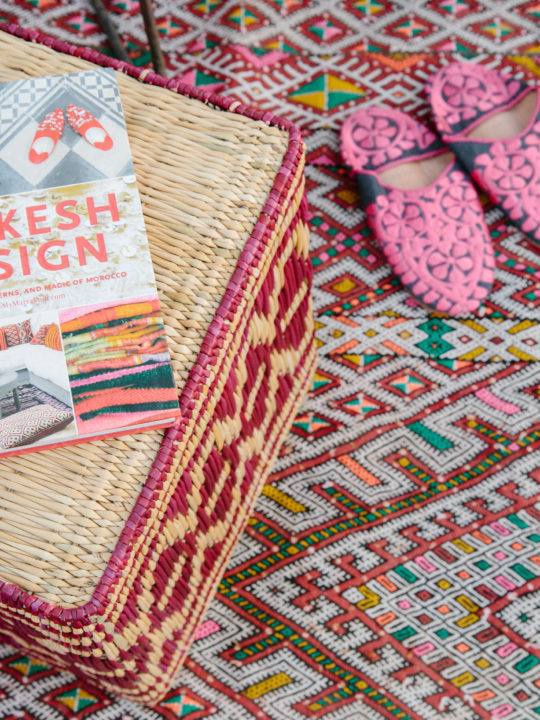There is nothing better than getting home from Christmas break and having a national holiday a few days later. Yes, January 14th is a great day – in Tunisia at least. It commemorates the day the country freed itself from the clutches of a repressive political regime and was reborn. The ruling elite, led by former President Ben Ali, had flaunted their ill-gotten luxurious lifestyle in the face of the Tunisian people for a bit too long. On January 14th 2011, all of this came to a glorious end.
Personally, when I think of travel, most of all I want authenticity. There is definitely a time to stay within the secluded confines of a resort, behind the high walls allowing you to relax away from outside interference. We all work hard and need a break from real life, from kids, from school, from the news…from the world.
But authentic travel for me is about understanding the history of a place and appreciating the past. It includes learning about how different cultures have turned turmoil into triumph. One way to do this in Tunis was to visit the former La Marsa property of the Ben Ali family.
The former mansion-turned-rubble lies at the crossroads of La Marsa and Gammarth, two of the most glamorous neighbourhoods in Tunis, the capital city. This house courted a fair amount of controversy. Allegedly, former President Habib Bourghiba appropriated the land illegally during the 1960s from the Gabsi family. Over the years, it eventually found its way into the ownership of Ben Ali’s nephew who built the villa we see remnants of today.
After being overtaken, mostly destroyed and covered with graffiti art by protesters during the Jasmin Revolution, the next few years saw what was left of this house become a historic symbol of change and youthful patriotism. Many people came to visit, as if to take part in a sort of pilgrimage. Now sadly a part of history is no more. The house has been repainted white and now fades into the backdrop of the other upper-class villas, stripped of its former significance.
You might say that repainting this house made sense as it was an eyesore to many. Nevertheless, Tunis is known for its relics and ruins, may of which still stand from the time of Hannibal the Great as witnesses to moments in history. The El Jem colosseum is the second largest after Rome. Carthage is covered with ruins that pre-date Christ. The fact is Tunis is built on a tradition of keeping historic pieces of architecture intact. To me, the former Ben Ali family house was a beautiful, modern, ruin.
As this month marks the fifth anniversary of Ben Ali’s fall from grace, I invite you to tour a small piece of Tunisia’s history, one you will now only get to experience through pictures. Touring this house might lead you to think the Revolution was just a euphemism for widespread looting. This could not be further from true.
The Ben Ali family and institutions which were known (or thought) to have been established through corruption were the main targets of frustration. In the neighbourhood of La Soukra, the indignant people of Tunis ripped apart another Ben Ali property – down to the bathroom piping. But all adjacent homes were left completely untouched. The people vented their anger with razor sharp precision, not so much drunken hooliganism. I know this to be true because I was there on January 14, 2011 and experienced it all firsthand.
Former slave castles punctuate the shores of my home country, Ghana. We could have chosen to tear them down to show that we had really kicked off the shackles of the slave trade but we preserved them, and for that, I am thankful. Anytime I happen to visit Cape Coast – my father’s hometown – I go to the dungeons there and I remember to respect humanity. I remember to never allow myself to be enslaved. I remember the diaspora. I remember the importance of being mentally strong.
The presence of these dungeons since the 1500s invokes these universal truths for me. In my dreams for Tunisia, my former home. I had hoped the government would rehabilitate the former Ben Ali family homes into modern history museums chronicling the country’s complex political history, its first democratic elections and key legislation it has passed over the years in support of women, amongst other great but unknown feats. Maybe there is still a chance for that?
What do you think should happen to the property? Do you visit sites of political and historical importance when you travel in Africa?
This story was originally written for Visiter l’Afrique.
Photography by Bouthayna Bekri.


